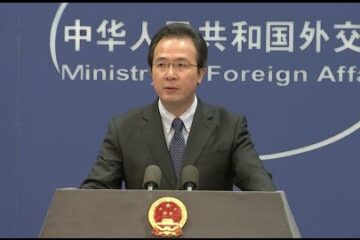How did he come to the throne?
Qin Shi Huang, born as Ying Zheng in 259 BC, was the son of the king of the Qin State. At the age of thirteen, he succeeded his father’s regality. Ying Zheng was very aggressive and ambitious at an early age. He assumed full power at 22 by ridding himself of his premier, Lu Buwei, who acted as regent while he was a minor. He wanted to unify and subjugate all the states like Han, Zhao, Wei, Chu, Yan and Qi by the powerful political, economic and military strength of the Qin State.
Ying Zheng realized his ambition and built the first feudal and centralized empire in Chinese history in 221 BC. This was what we called – the Qin Dynasty (221 BC – 206 BC). Ying Zheng was the first emperor of a united China, so he proclaimed himself Qin Shi Huang.
Qin Shi Huang 259 BC — 210 BC. was the king of the Chinese State of Qin from 246 BC to 221 BC, during the Warring States Period. He became the first emperor of a unified China in 221 BC He ruled until his death in 210 BC at the age of 49.
Calling himself the First Emperor after China’s unification, Qín Shǐ Huáng is a pivotal figure in Chinese history, ushering in nearly two millennia of imperial rule. After unifying China, he and his chief advisor Li Si passed a series of major economic and political reforms. He undertook gigantic projects, including building and unifying various sections of the Great Wall of China, the now famous city-sized mausoleum guarded by the life-sized Terracotta Army, and a massive national road system.



















